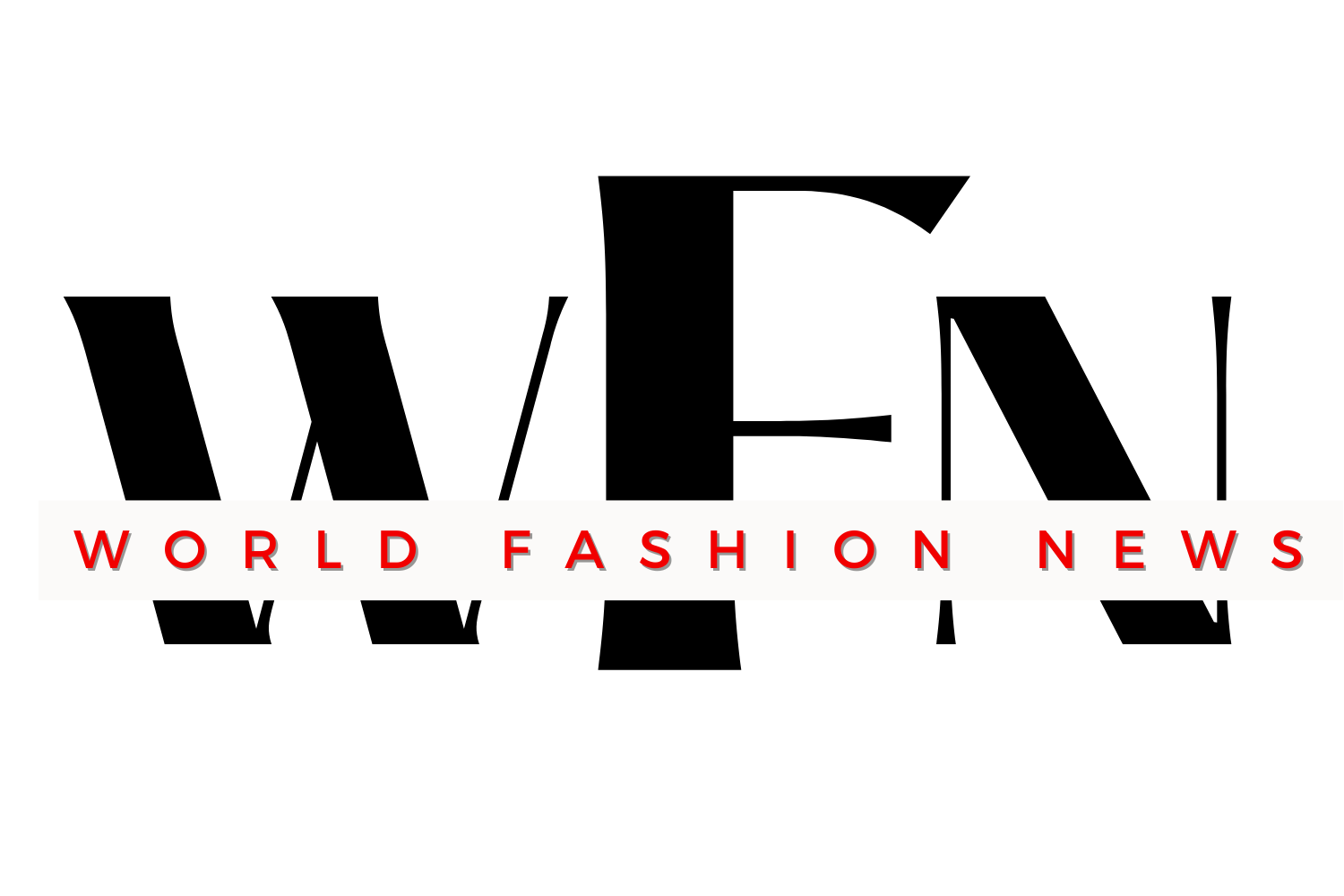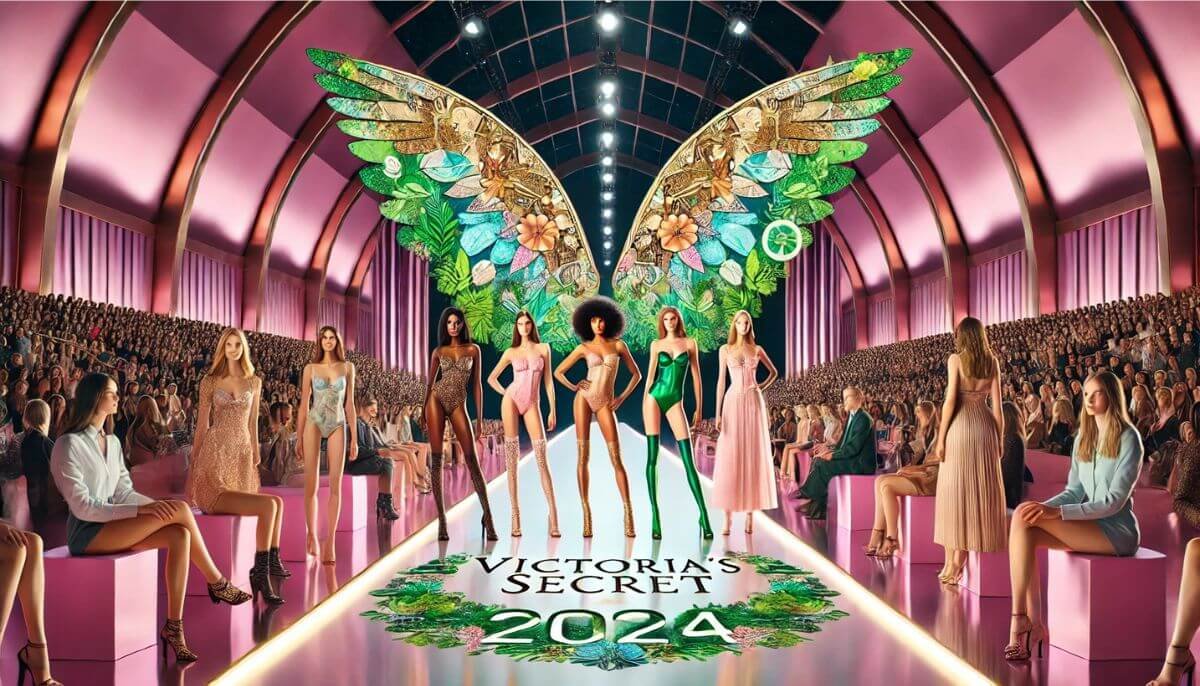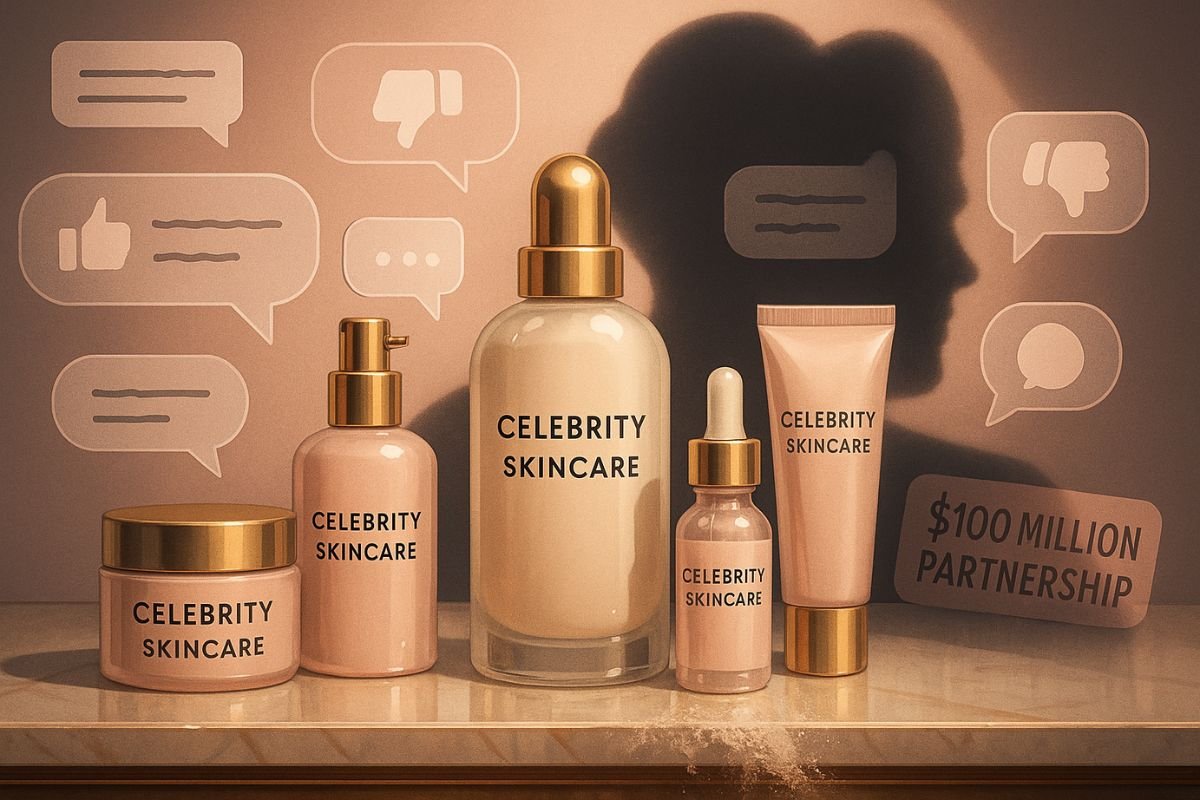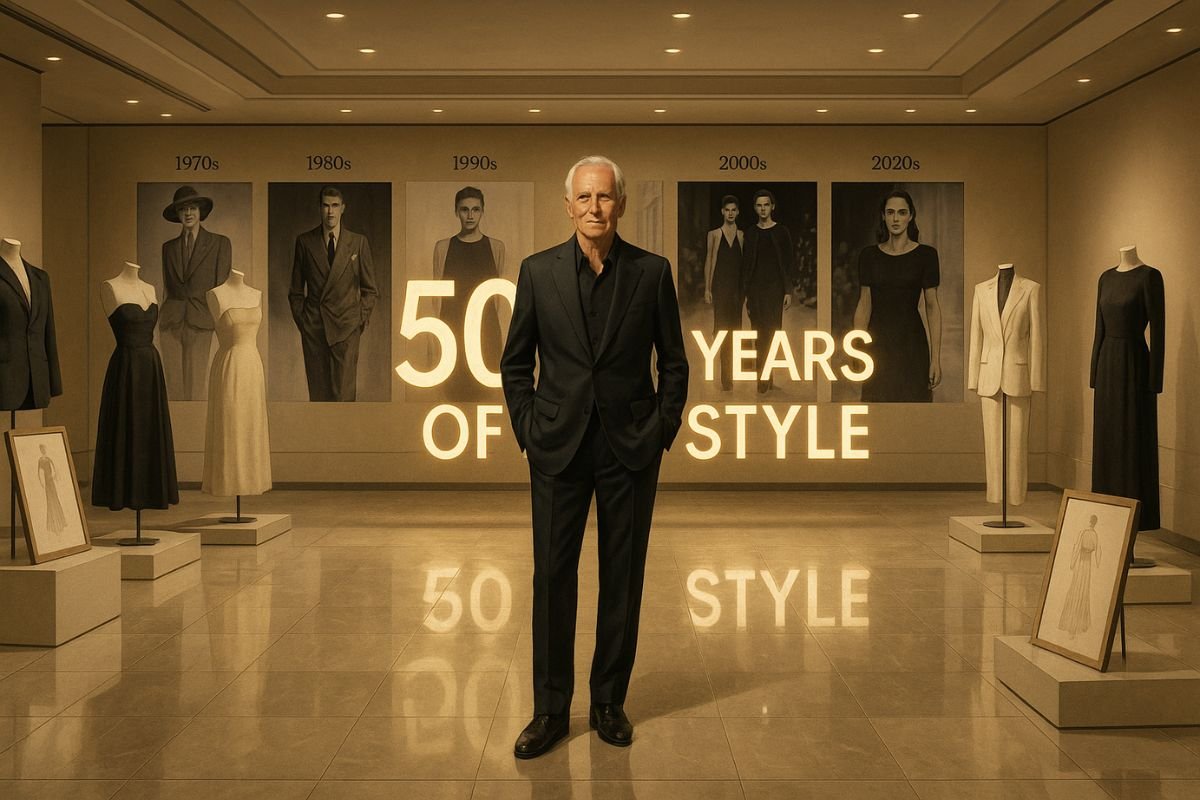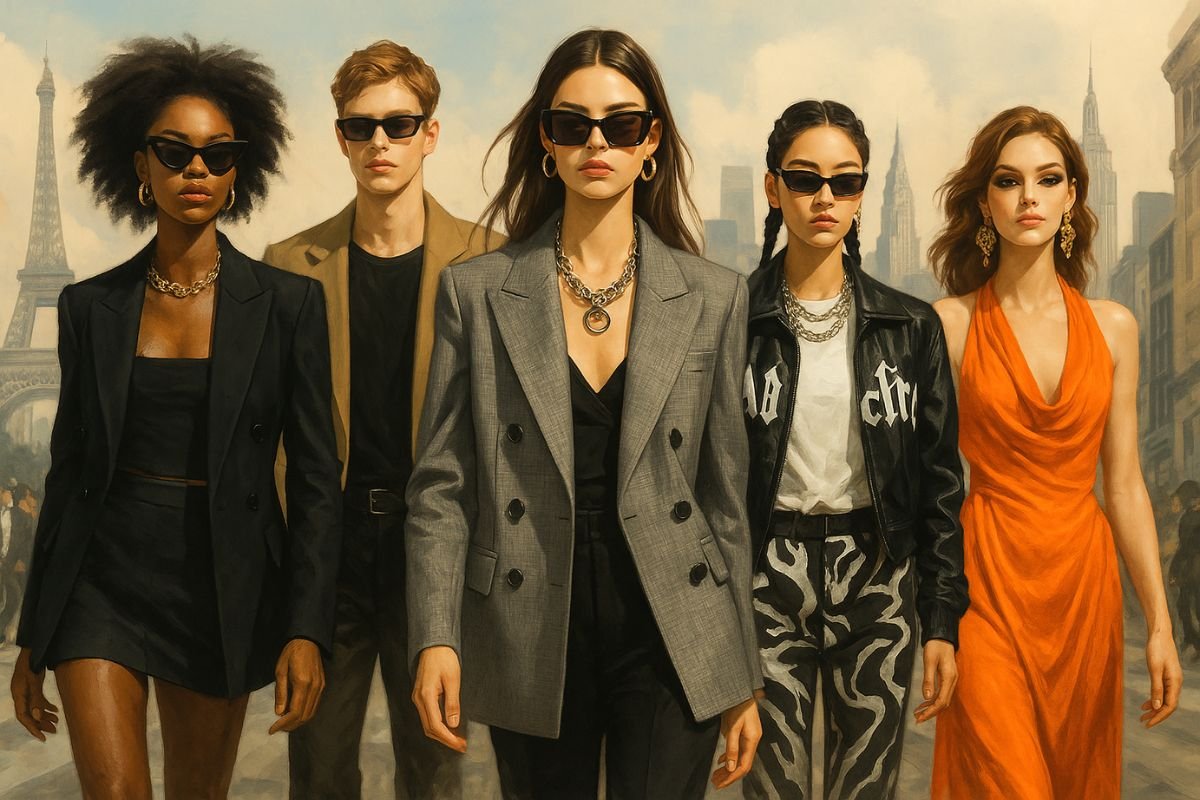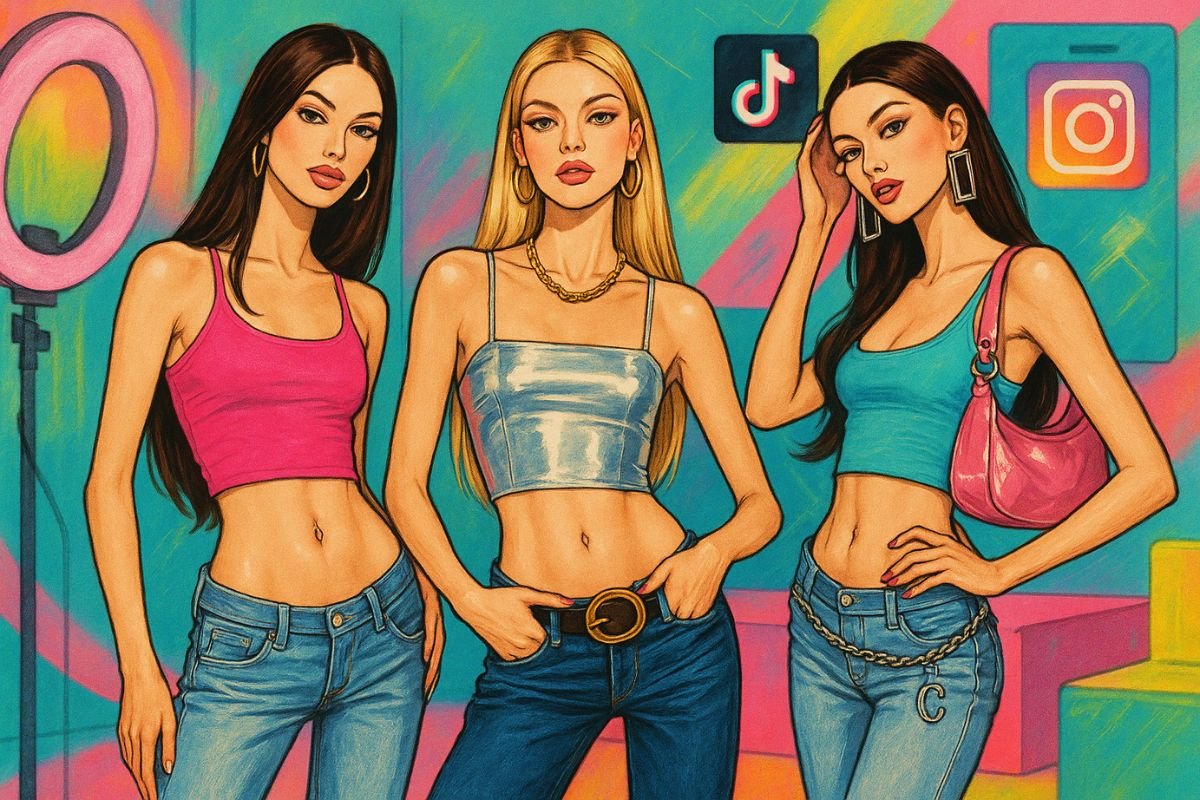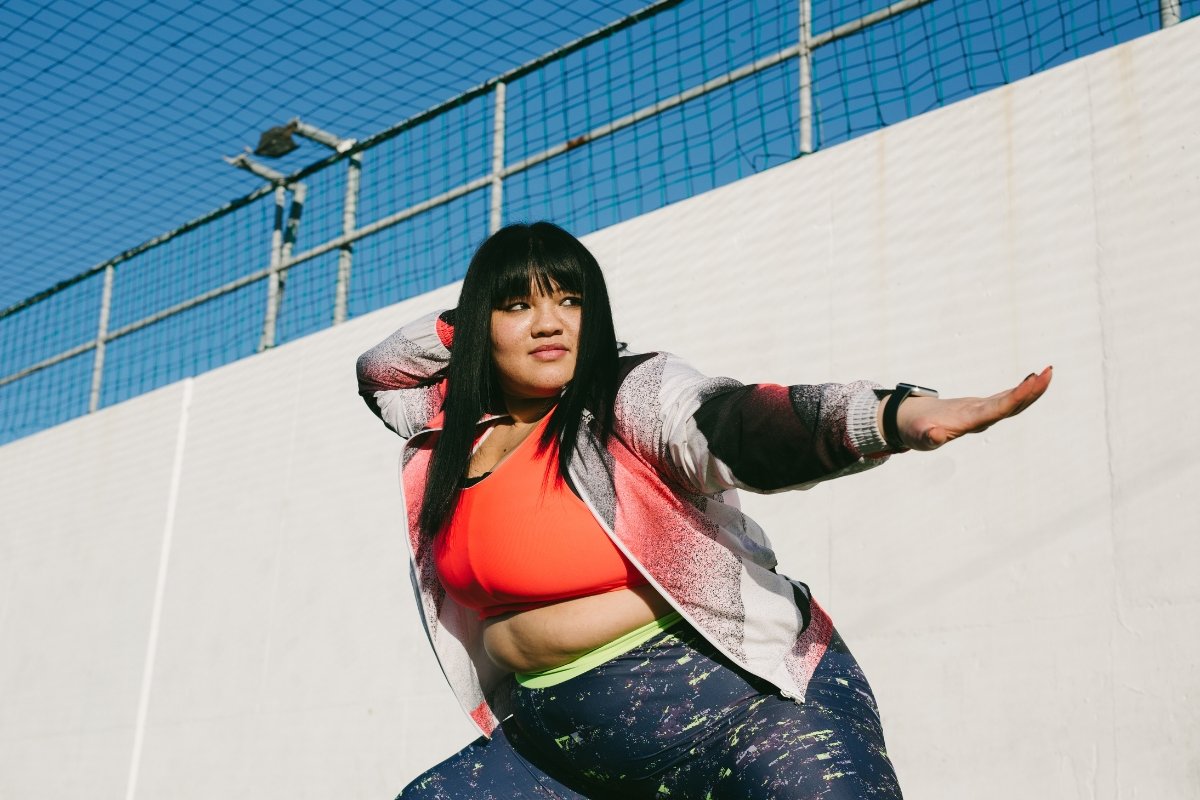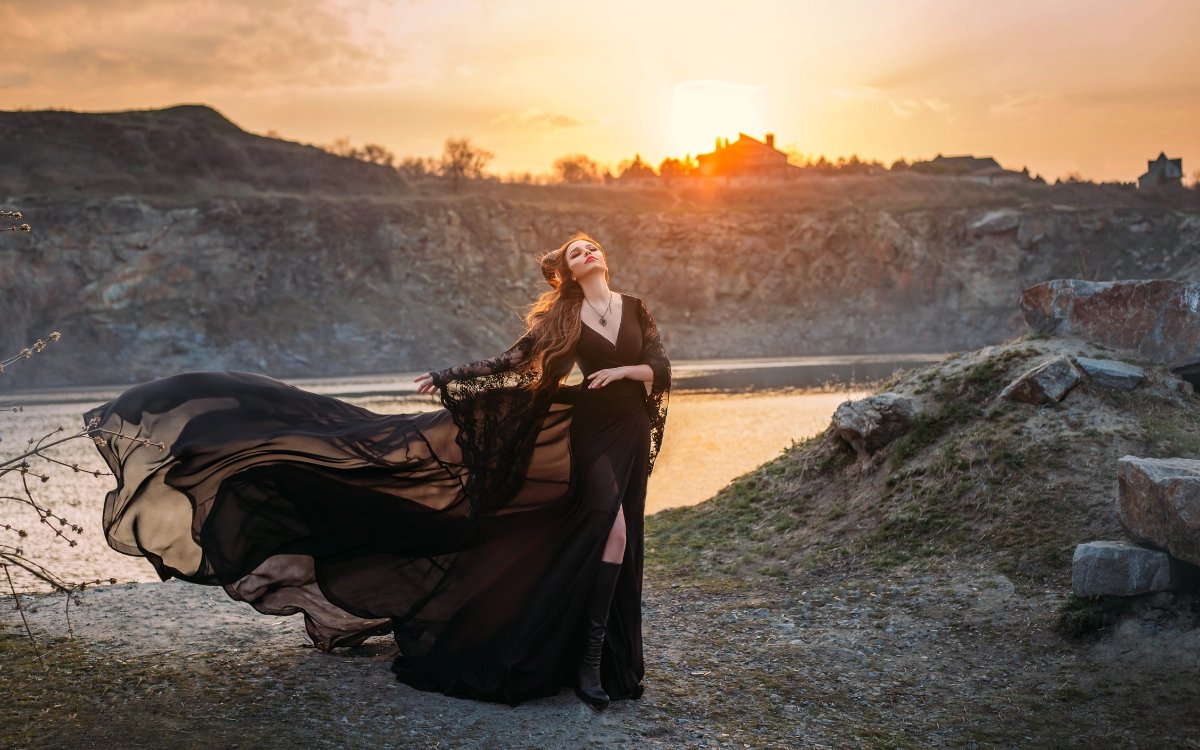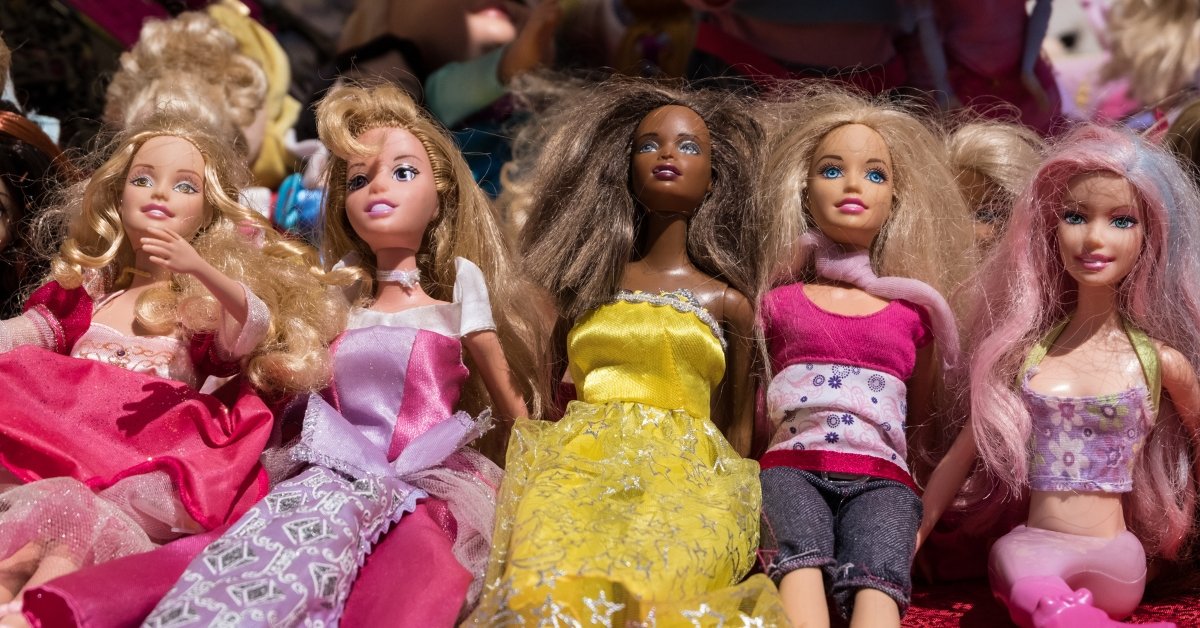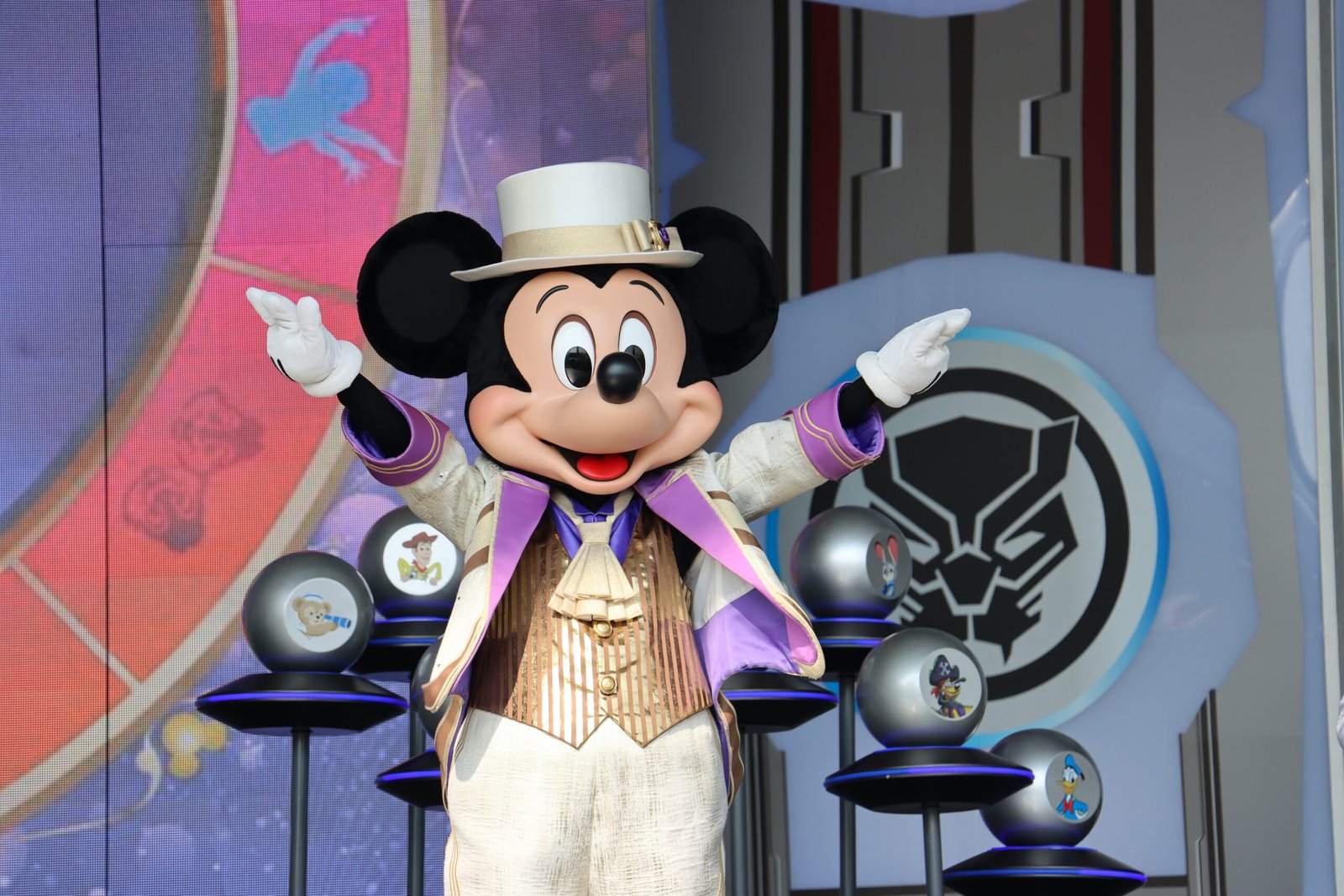A New Era of Fashion Emerges Victoria‘s Secret has long been synonymous with glamour, extravagance, and, unfortunately, controversy. Its annual fashion show, once the crown jewel of the lingerie world, became a cultural phenomenon in the late 1990s and early 2000s. However, amidst cultural shifts and public criticism, the brand faltered, canceling the show six years ago. It returns today with inclusivity and sustainability baked into its core, but one question still remains: Does something like this have a place in today‘s world?
הצגת פוסט זה באינסטגרם
A brief overview
The Rise and Fall of a Fashion Legacy
The Victoria‘s Secret Fashion Show was an event that worked as a statement of dominance to the models, a symbol that those iconic angel wings were the height of success; to viewers, it was a spectacle of beauty and style broadcast to millions around the world. Yet, behind all the glitter and feathers was a brand increasingly adrift from the evolving zeitgeist.
Starting well into the 2010s, cracks began to show in Victoria‘s Secret behind the glamour. Movements such as #MeToo, the rise of body positivity, and calls for diversity in fashion called out the outdated standards the brand had fostered. Their resistance to course correction meant a fall in viewership and sales. Adding to the woes were leadership scandals involving ties with Jeffrey Epstein and allegations of misconduct.
The end of the iconic fashion show was indeed the end of an era, but it marked the need for real change.
A New Era of Inclusivity and Sustainability
Today, Victoria‘s Secret attempts to regain relevance through the inclusion of two values that define the modern consumer: inclusivity and sustainability. Gone are the days when supermodels exclusively donned the brand and beauty standards nobody could ever live up to. Now, the brand showcases diversity in body type, ethnicity, and gender identities through their campaigns. The remade fashion show reflected this very ethos as models from all walks of life were showcased.
Environmental awareness has also been in the limelight. Indeed, the iconic wings once used on the show were made from real feathers, which means that live birds had to be plucked, a highly inhumane act. This year, the brand refrained from using such materials, and many animal rights activists were heard applauding the move.
A Second Chance or a Final Curtain Call?
The return of Victoria‘s Secret‘s fashion show isn‘t some rebranding exercise; it‘s a test whether an iconic brand can actually make it in today’s more socially conscious and critical marketplace. Can a spectacle once pilloried for perpetuating narrow beauty standards now double as a staging ground for empowerment and diversity?
It is a question of execution. The commitment to change by Victoria‘s Secret has to be genuine and continuous. It cannot be superficial for a world where consumers expect more accountability and greater transparency. The road ahead will be uphill, but the potential prize substantial: to re-establish Victoria‘s Secret as a respected leader within the fashion world.
The story of Victoria‘s Secret is just a microcosm of the transformation at play across industries. It reflects back on how brands are having to change, listen, and put values over nostalgia. Whether this fashion show will make hearts go swooning or fall flat, the reinvention attempt by the brand will be quite an interesting narrative.
